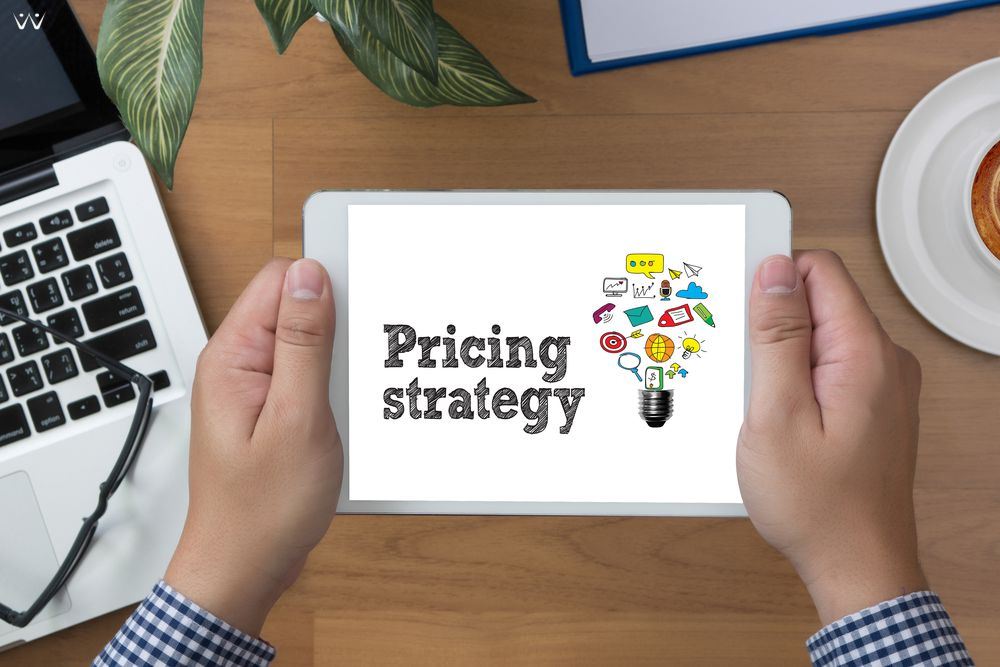In this modern life, people tend to consume ready-to-eat food or commonly known as fast food. The demands of work make them consume fast food even though these foods generally contain high calories, fats, sugars, and sodium (Na), but are low in fiber. Indonesia, with a population of approximately 260 million in 2016, data from National Health Research showed that the number of adults suffering from obesity is 20.7%, and obesity can cause diseases such as diabetes or heart disease. Therefore, people need to choose healthy food in their daily lives.
From the side of the manufacturer/seller, one way to make people consume healthy food is through promotional activities. Promotional activities are essential because in making purchasing decisions, consumers not only do so by habit but also often these purchases are impulsive actions that are influenced by situational factors such as on-site purchase promotion. When consumers decide to buy food products, it is often based on a subconscious habit or desire, often without considering the nutritional content contained therein. Moreover, a healthy food promotion strategy should be able to attract consumers ‘ attention to think about the food they’re about to buy.
Promotion activities conducted by the company can be done in various forms and objectives. For one, promotion can gain consumer motivation to consume certain products. This activation is based on the assumption that consumers have some primary objectives in their lives, such as health, responsibility, or status, which will then affect the product options triggered by environmental, situational conditions. Consumers are exposed to visual guidance, and visual guidance will be primed on the consumer’s primary goal. Visual clues can be posters designed to illustrate the primary purpose of the consumer’s life, health, responsibility, or status. On the other hand, discounted prices as a form of sales promotion is one of the most frequently used marketing strategies to generate impulsive activities in the purchase of products. This is because sales promotional objectives (such as discounted pricing) are meant to encourage consumers to decide on purchases in the short term immediately. Another marketing incentive that is also widely used by marketers is behavioral rewards. Unlike sales promotions, the behavioral rewards incentives received by new consumers will be accepted in the future.
The results showed that sales promotions in the form of discounts could motivate consumers to immediately buy healthy food compared to other promotional programs in the form of behavioral awards and priming tactics. Discounts are meant to trigger purchases by consumers in the short term. Thus, they will purchase the product again. Although behavioral rewards are not as effective as discounts, this method is still used by marketers because it is expected to generate habits within consumers, and it helps consumers to buy healthy food products.
Priming is widely used by marketers to activate objectives that will motivate them to perform the expected behavior. In terms of healthy food campaigns, priming is expected to activate goals within consumers to live a healthy lifestyle so that the behavior of choosing healthy foods will be firmly embedded even though priming is not available later. Although priming has proved to be less effective than price promotion in influencing the buying intent of consumers in the short term, these two strategies can be used together in a campaign for healthy food consumption in the community. In this case, it is necessary to cooperation and deep integration between the manufacturer/seller and the Government. They need to play an active role in campaigning for a healthy lifestyle for society, which affects the quality and well-being of a country’s human resources. Meanwhile, business owners in the short term will be assisted by the price promotion strategy. In the medium term, they will be assisted by promotion in the form of behavioral rewards. In the long term, it will be assisted by cooperation with the Government in changing the healthy behavior of society through various priming posters intensified by the Government.
Writers: Masmira Kurniawati, Tanti Handriana, and Indrianawati Usman
Link Journal related posts above: https://www.ijicc.net/index.php/ijicc-editions/2020/164-vol-11-iss-11





